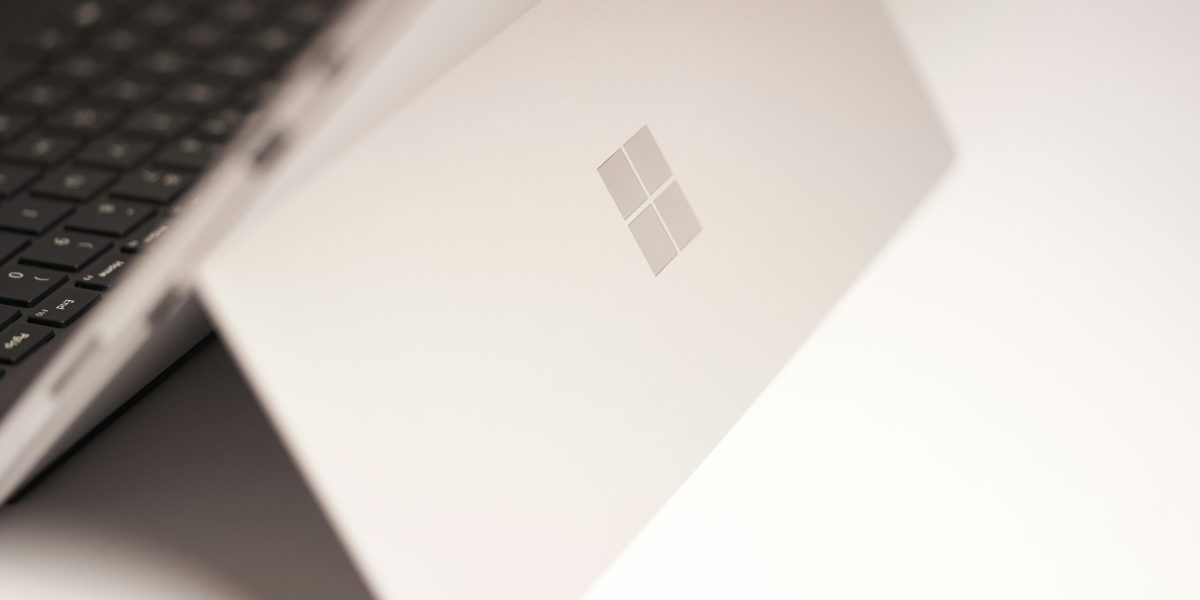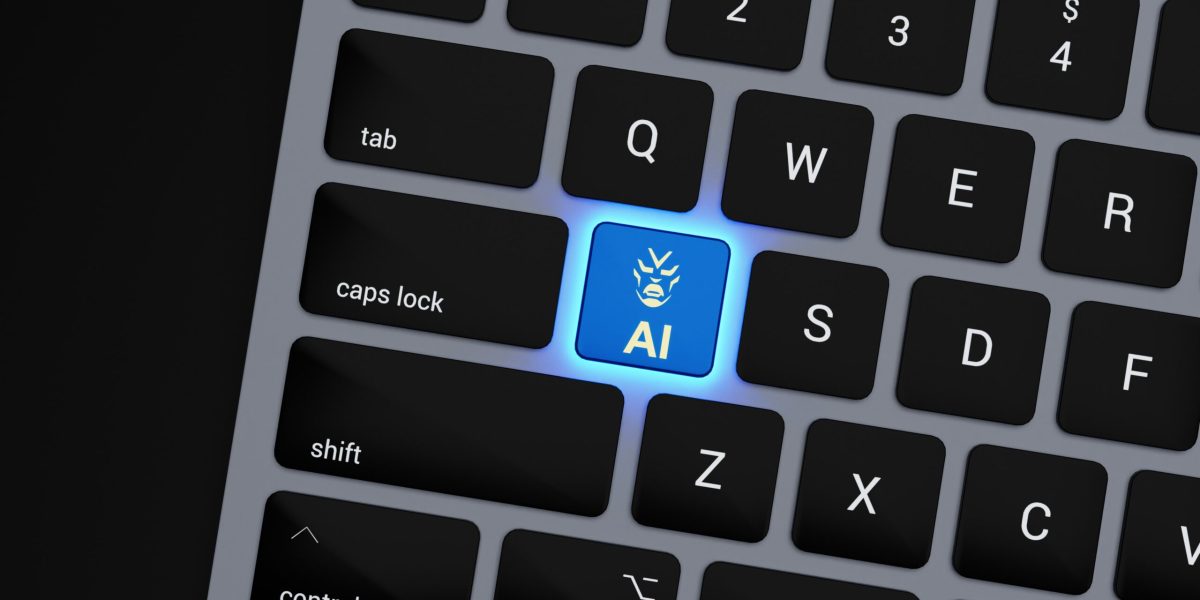Why an IT Refresh Plan Matters for Your Business
Technology is the backbone of every modern business. When it works well, it helps teams stay productive, deliver better customer experiences, and protect critical data. But when it’s outdated, technology can quickly turn into a liability. Slow computers, unsupported software, and aging infrastructure not only reduce efficiency but also open the door to costly security breaches and compliance issues. This is where a smart IT refresh plan comes in — giving you a roadmap to upgrade strategically, reduce risk, and prepare for growth.
Rather than replacing technology only when it fails, a smart IT refresh plan ensures you’re proactive, not reactive. It spreads costs over time, avoids surprise breakdowns, and keeps your business competitive in a rapidly changing digital world.
Step 1: Assess Your Current Technology
The first step to any effective IT refresh is understanding exactly what you have in place today. This involves creating a detailed inventory of all hardware, software, and network assets. Include details such as the purchase date, warranty status, operating system, software version, and any known performance issues. The goal is to identify what’s still working well, what’s reaching the end of its useful life, and what’s already a risk to your business.
Using IT asset management tools such as ManageEngine Asset Explorer or Lansweeper can make this process faster and more accurate, giving you a central record for planning future upgrades.
Step 2: Prioritize Based on Business Impact
Not every outdated device or application needs to be replaced immediately. Your IT refresh plan should focus on assets that have the biggest impact on productivity, customer service, and security. For example, replacing an old firewall that no longer receives security updates may be more urgent than upgrading a secondary meeting room display. Similarly, servers hosting customer data should be prioritized over less critical systems.
Think of prioritization as triage for your technology — you fix what’s most urgent first to minimize operational risk.
Step 3: Plan for Scalability
Technology decisions shouldn’t just solve today’s problems — they should position you for the next three to five years. When choosing replacements, consider whether the solution can grow with your business. Cloud-based platforms, modular hardware, and software with strong integration capabilities can help ensure your investment won’t need replacing again in the near future.
For example, moving from an on-premise file server to a scalable cloud storage solution like Microsoft SharePoint or Google Workspace not only replaces outdated infrastructure but also improves collaboration and remote work capabilities.
Step 4: Budget Strategically
One of the main reasons businesses delay an IT refresh plan is cost. However, replacing everything at once isn’t necessary — and often isn’t the best approach. A phased refresh spreads costs over time while allowing you to plan for upcoming upgrades in your annual budget. Vendor financing programs, such as Dell Financial Services, or leasing options can also make upgrades more manageable.
Cloud solutions with pay-as-you-go pricing models can reduce upfront costs while giving you the flexibility to scale up or down as your needs change.
Step 5: Strengthen Cybersecurity During the Refresh
Every IT refresh is a chance to strengthen your security posture. Replacing outdated firewalls, moving to EDR (Endpoint Detection and Response) tools, and upgrading to supported operating systems all close potential entry points for cybercriminals. If you’re disposing of old hardware, ensure it’s securely wiped or physically destroyed before leaving your possession.
For guidance, review the NIST Media Sanitization Guidelines to ensure you’re meeting best practices for secure disposal.
Step 6: Plan for Minimal Downtime
A poorly planned refresh can disrupt productivity — something no business can afford. To avoid downtime, schedule upgrades during off-hours or slow periods. Always create a full system backup before making changes, and test new technology in a pilot program before rolling it out to the entire organization. This allows you to identify issues and make adjustments without impacting daily operations.
Communicate with your staff so they know what’s happening, when it’s happening, and how it might affect them. The more prepared they are, the smoother the transition will be.
Step 7: Train Your Team
Even the best technology won’t produce results if your staff doesn’t know how to use it effectively. Include training as a formal step in your IT refresh plan. Short, targeted training sessions can help employees quickly adapt to new systems. For larger changes, consider creating quick reference guides or short video tutorials for ongoing support.
Training isn’t just about usage — it’s also an opportunity to reinforce cybersecurity best practices and ensure staff understand the “why” behind the changes.
Build in Regular Reviews
Technology changes rapidly, so your IT refresh plan should be a living document. Review it annually to determine what’s working, what needs updating, and what’s coming up for replacement. This proactive approach keeps your technology aligned with your business goals while avoiding last-minute, high-cost emergencies.
The Payoff of a Smart IT Refresh Plan
A well-executed IT refresh plan delivers multiple benefits:
- Improved productivity from faster, more reliable systems
- Reduced downtime and operational disruptions
- Enhanced security and compliance
- Better scalability to support growth
- Improved employee satisfaction and retention
When your technology is up to date and aligned with your goals, it becomes a driver of business success rather than a source of frustration.
Get Started Today
Don’t let outdated technology slow your business down. Our team specializes in helping small and mid-sized businesses design and implement IT refresh plans that maximize value, minimize disruption, and improve long-term performance. Click here to get started and future-proof your business today.




